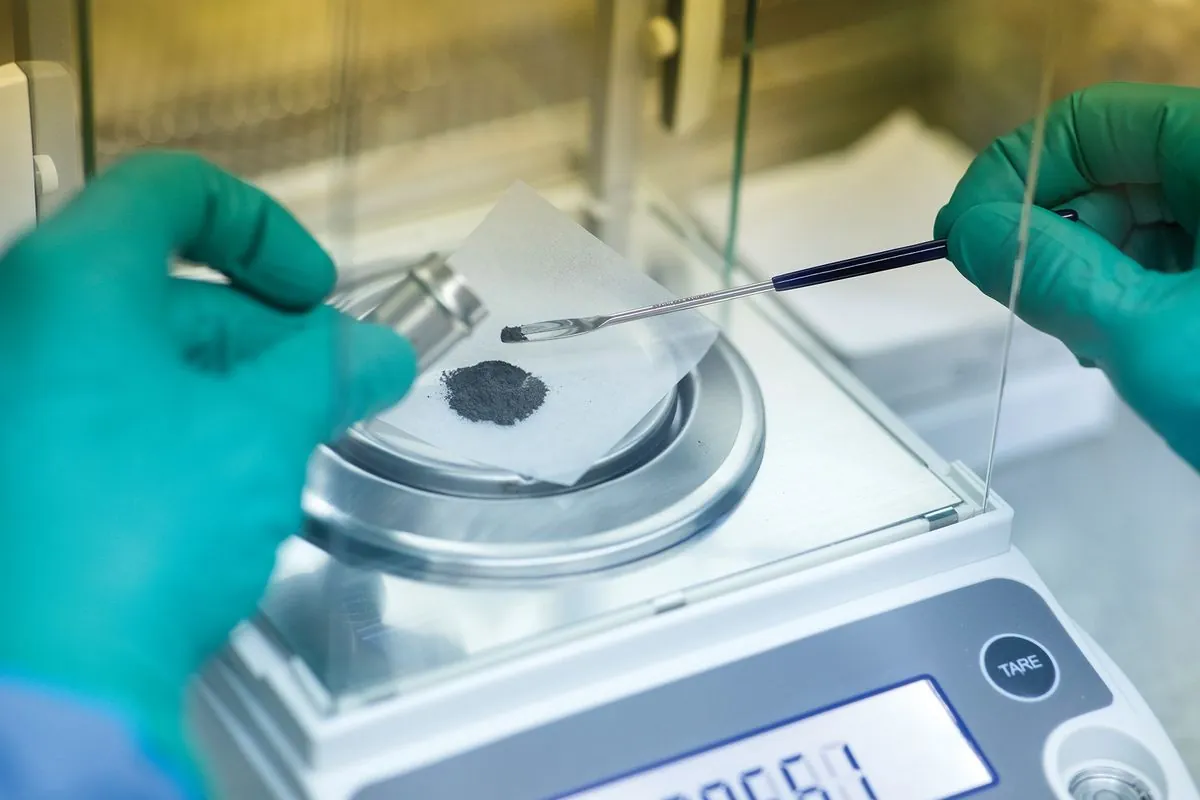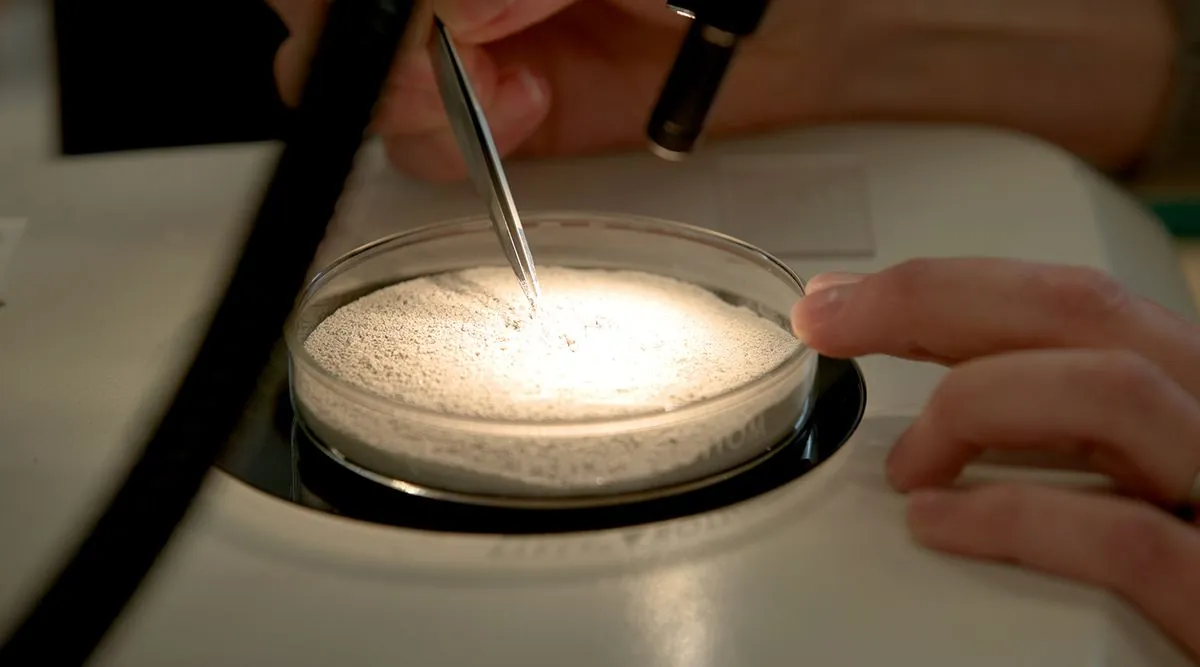China's Lunar Soil Breakthrough: New Method for Water Production
Chinese scientists discover innovative technique to extract water from lunar soil, potentially revolutionizing future moon missions. The method, using samples from recent lunar expeditions, could support long-term human presence on the moon.

Chinese researchers have made a significant breakthrough in lunar exploration, developing a novel technique to produce water from moon soil. This discovery, announced by state broadcaster CCTV, stems from analysis of lunar samples collected during the Chang'e-5 mission in 2020, marking the first lunar sample retrieval in 44 years.
The innovative method involves heating lunar soil to extremely high temperatures, causing hydrogen-rich minerals to react with other elements and produce water vapor. According to CCTV, this process could yield 51-76 kg of water from one tonne of lunar soil, equivalent to the daily water consumption of 50 individuals.

This advancement could prove crucial for China's ambitious lunar exploration plans. The nation aims to establish a "basic station" on the moon's south pole by 2035, followed by a moon-orbiting space station by 2045. These goals are part of the International Lunar Research Station (ILRS) initiative, a joint project with Russia.
The discovery's timing is particularly significant, coinciding with ongoing experiments on lunar samples retrieved by the Chang'e-6 mission in June 2024. Unlike its predecessor, Chang'e-6 collected soil from the moon's far side, which perpetually faces away from Earth.
"Water found on the moon could be used to create hydrogen rocket fuel which could fuel further space exploration to Mars and other destinations."
Nelson has repeatedly expressed concerns about China's rapid advancements in space exploration, particularly regarding the potential domination of resource-rich lunar locations. This highlights the growing competition between the United States and China in lunar exploration and resource utilization.
The ability to produce water on the moon is crucial for sustaining long-term human presence and enabling further space exploration. Lunar water could serve multiple purposes, including drinking, oxygen production, and rocket fuel creation through hydrogen extraction.
This breakthrough underscores the importance of In-Situ Resource Utilization (ISRU) in space exploration. As we look towards establishing permanent lunar bases and venturing further into space, the ability to harness local resources becomes increasingly vital. The moon's unique environment, with its low gravity and extreme temperature fluctuations, presents both challenges and opportunities for future explorers and settlers.
As research continues and technology advances, the dream of a sustainable human presence on the moon inches closer to reality. This Chinese discovery may well be a significant step towards that goal, potentially reshaping the future of lunar exploration and international cooperation in space.


































